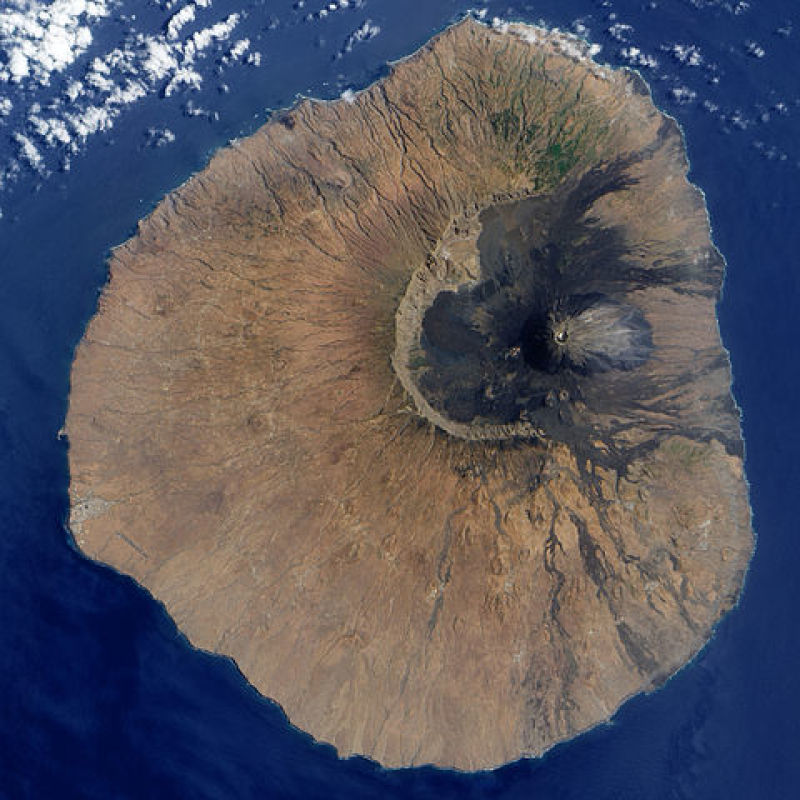
While conducting studies on the Cape Verde islands west of Africa, researchers discovered that a gigantic tsunami occurred there 73,000 years ago.
According to the researchers, the force of the wave was so strong that it was able to catapult boulders the size of delivery vans out of the ocean, Discovery News reported.
The team was able to make the discovery while studying the rock formations on Santiago Island in Cape Verde. Upon surveying the site, the researchers were baffled by the site of boulders sitting 650 feet above sea level. After studying the massive rocks, they were able to confirm that they are actually marine boulders and originated from the island's shoreline.
They then analyzed the isotope elements of the 770-ton boulders and learned that these have been taken out of the ocean 73,000 years ago. As to the force that displaced these gigantic rocks, the scientists explained that around that time, a massive tsunami traveled from the Fogo Volcano 30 miles away from Santiago Island.
This volcano, which is considered as one of the most active and largest volcanoes in the world, collapsed more than 70,000 years ago and a huge portion of it fell into the sea. This generated a mega-tsunami that reached a height of about 800 feet.
This massive wave then swept across nearby islands and hurled everything in its path, including the boulders found on Santiago Island.
For Ricardo Ramalho, a post-doctoral associate at Lamont-Doherty Earth Observatory of Columbia University and lead author of the study, this discovery proves the possibility of gigantic tsunamis forming due to the collapse of large volcanoes or mountains.
"Our point is that flank collapses can happen extremely fast and catastrophically, and therefore are capable of triggering giant tsunamis," he said in a press release.
He also noted that although this phenomenon will probably not happen often, there is still a chance that a similar situation could generate a tsunami as big and powerful as the one that ravage Cape Verde 73,000 years ago. After all, there are still a few volcanoes today that are tall enough to produce huge amounts of energy when they collapse.
"Most of these fairly young oceanic volcanoes - such as in the Azores and the Canary Islands and Hawaii - are incredibly high and steep, so the potential energy for a collapse to happen again is there," Ramalho said according to Nature.
The findings of Ramalho and his team were detailed in a report published on October 2 in the academic journal Science Advances.



















